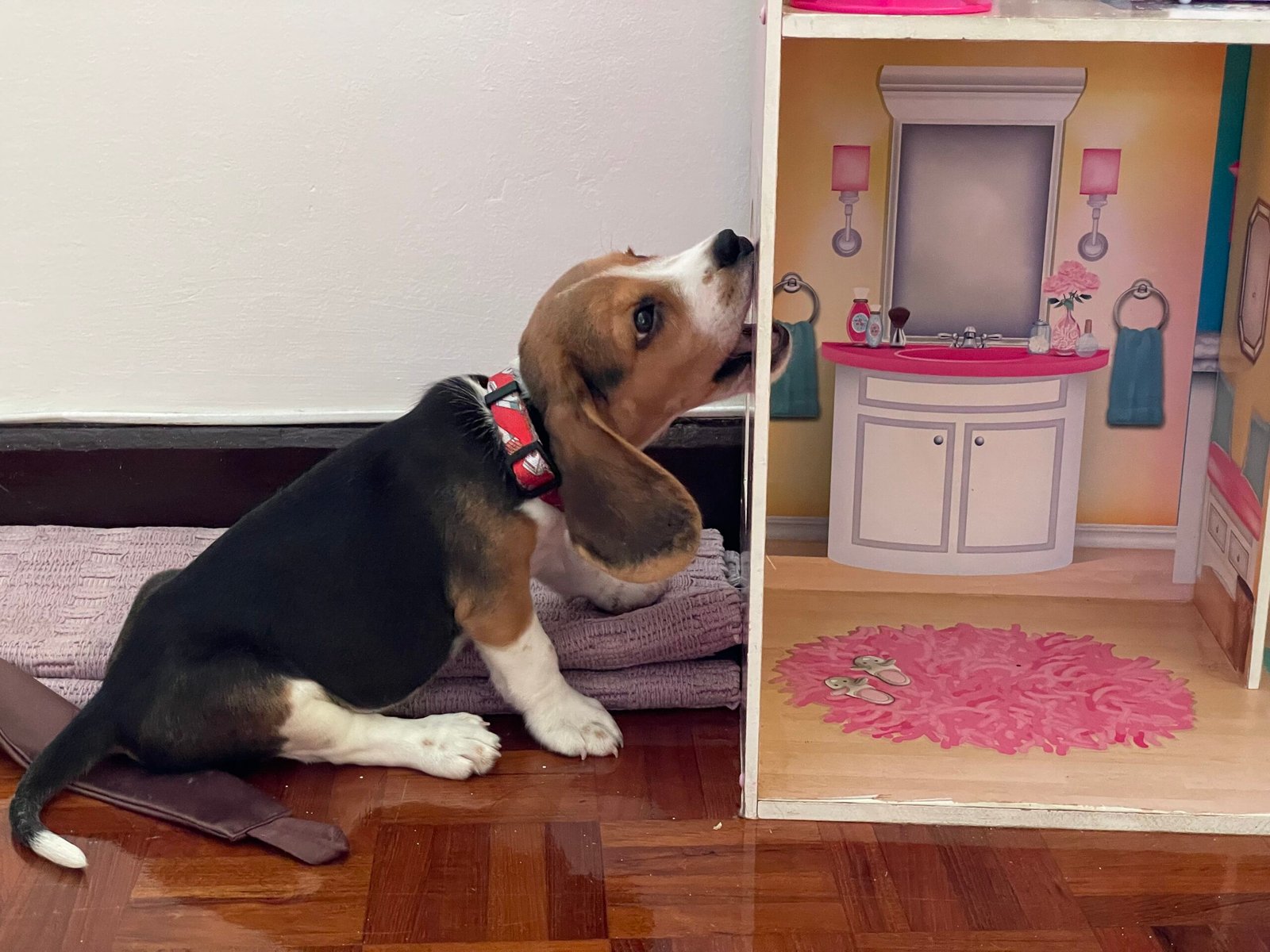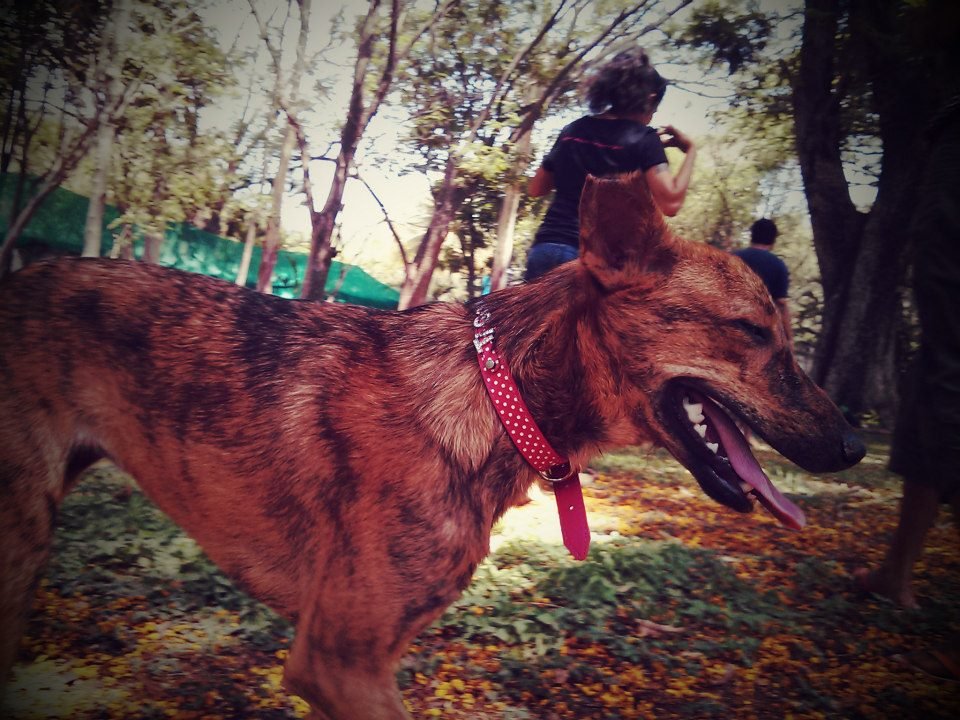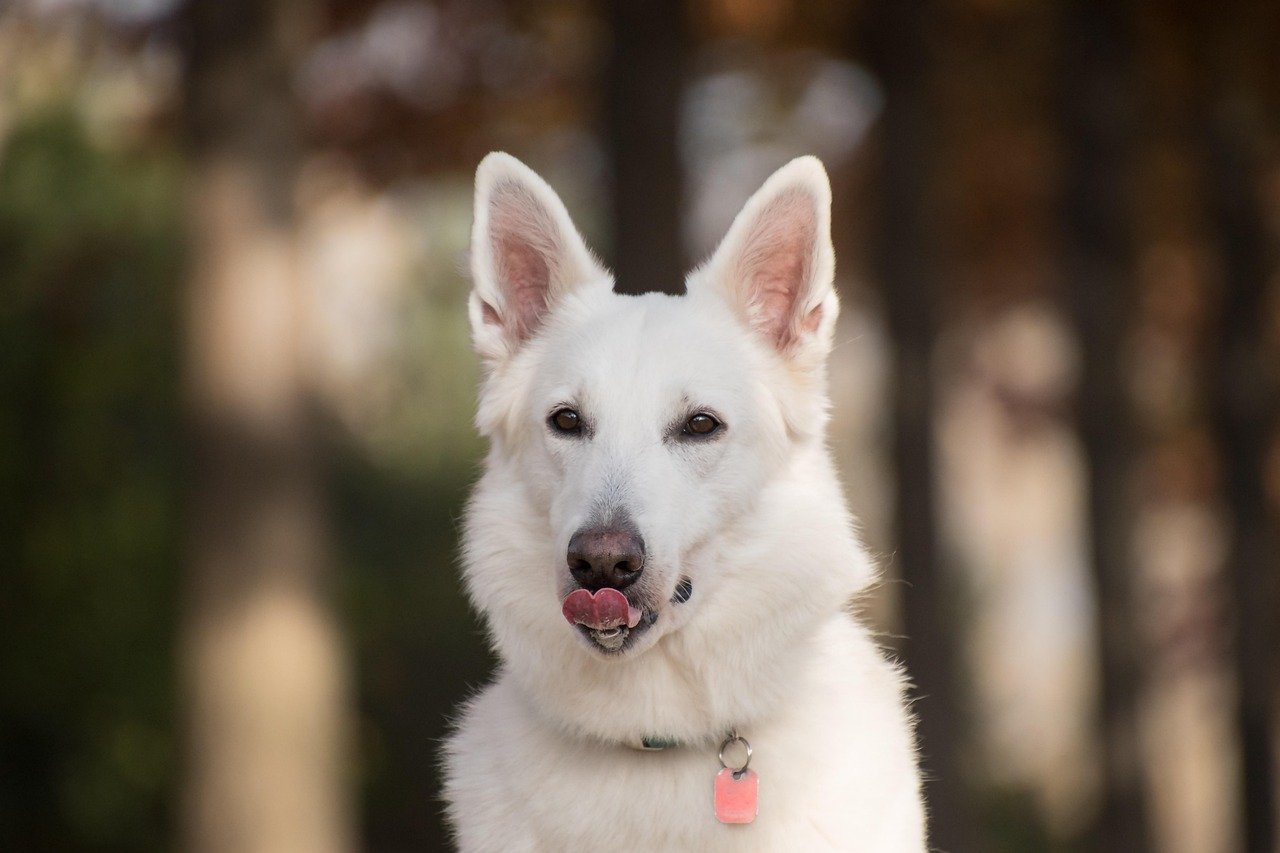Have you ever looked into your dog’s eyes and wondered if they miss you when you’re away? Dogs, just like people, can experience loneliness—a feeling that can quietly creep into their days and leave a lasting mark on their happiness. For many dog lovers, the idea that their loyal friend might be feeling isolated or sad is almost unbearable. But how do you know for sure if your dog is lonely? And, more importantly, what can you do to help them feel loved and connected again? Let’s uncover the hidden signs of canine loneliness and discover heartfelt ways to bring joy and companionship back into your dog’s life.
1. Noticeable Changes in Behavior
One of the first clues that your dog might be feeling lonely is a sudden shift in their usual behavior. Maybe your once playful pup now seems withdrawn or uninterested in their favorite activities. They might become unusually quiet or, on the flip side, start acting out in ways you haven’t seen before. Dogs are creatures of habit, so when their routines change drastically, it’s often a sign something is wrong. Watch for things like excessive sleeping, pacing, or a noticeable drop in enthusiasm when you come home. These changes can be your dog’s silent way of telling you they miss companionship.
2. Excessive Barking or Whining

Imagine sitting in a quiet house all day with no one to talk to—that’s how it feels for a lonely dog. If your dog starts barking or whining more than usual, especially when you’re not around, it could be their way of reaching out for attention. This vocalization isn’t just noise; it’s communication. Dogs often use their voices to express their feelings, and a sudden increase in barking may be their way of saying, “I miss you!” It’s important to listen and respond with empathy, not frustration, as this behavior often stems from a deep need for connection.
3. Destructive Chewing and Digging

Has your dog started chewing up shoes, furniture, or other household items when you’re not home? Destructive behavior like chewing or digging often signals boredom and loneliness. Dogs need mental stimulation and companionship, and when they’re left alone for long periods, they look for ways to fill the void. Chewing and digging can become an outlet for their frustration and anxiety. While it’s easy to get upset over ruined belongings, try to see these actions as a desperate call for your attention and companionship.
4. Loss of Appetite or Overeating
Just like people, dogs can show their emotional distress through changes in eating habits. Some lonely dogs lose interest in food altogether, turning away from meals they once devoured with excitement. Others may start overeating as a way to comfort themselves. If you notice your dog’s weight fluctuating or them ignoring their food bowl, it could be a sign that loneliness is affecting their well-being. Keeping an eye on their eating patterns can help you spot when something is off emotionally.
5. Increased Sleeping or Lethargy
Is your dog spending more time curled up and less time exploring? Excessive sleeping or general lethargy is often a symptom of sadness or loneliness in dogs. While dogs do sleep a lot, a noticeable increase in napping or a lack of interest in playtime can hint that your dog isn’t feeling their best. Imagine loneliness as a heavy blanket—sometimes, dogs just withdraw and sleep to pass the time when they feel disconnected from their loved ones.
6. Pacing or Restlessness

Some dogs respond to loneliness by becoming restless. You might notice your dog pacing back and forth, circling the house, or seeming unable to settle down. This anxious energy is a physical sign of emotional discomfort. Dogs are social animals by nature, and being alone can make them feel unsettled. Restlessness is their way of trying to cope with the absence of companionship, almost like they’re searching for something—or someone—to make them feel whole again.
7. Overly Clingy or Demanding Attention
Does your dog suddenly stick to you like glue whenever you’re around? Clinginess can be a telltale sign of loneliness. Dogs that feel isolated may become overly attached when you’re home, following you from room to room, pawing at you, or demanding constant affection. This neediness isn’t just about wanting treats or playtime; it’s a plea for reassurance and love. While it can feel overwhelming, remember, your dog is simply trying to fill the emptiness they felt while you were away.
8. Loss of Interest in Toys or Activities
A lonely dog might ignore toys or activities that once brought them joy. If your pup no longer greets you with their favorite ball or seems uninterested in games of fetch, it could be a sign they’re feeling disconnected. Loss of interest in play isn’t just about boredom—it can be a subtle manifestation of emotional pain. When dogs lose their zest for life, it’s often tied to feeling alone or left out of the family pack.
9. Regression in House Training
House-trained dogs suddenly having accidents inside the house can be both surprising and frustrating for owners. But sometimes, this regression is a cry for help. Stress and loneliness can disrupt a dog’s routine and lead to lapses in house training. This isn’t about defiance—it’s about distress. If your dog starts having “accidents” again, especially when left alone, consider it a possible sign of emotional struggle rather than just a behavioral issue.
10. Excessive Licking or Grooming

Dogs often use grooming as a way to self-soothe, but excessive licking or chewing at their own paws, legs, or fur can indicate unresolved loneliness. This repetitive behavior is similar to humans biting their nails when anxious. Sometimes, it can even lead to bald spots or irritated skin. If you notice your dog fussing over themselves more than usual, it might be their way of coping with the emptiness they feel during long hours alone.
11. How to Help Your Dog Feel Connected
Once you recognize the signs of loneliness in your dog, the next step is to bring comfort and connection back into their life. Start by increasing quality time together—short walks, play sessions, or just cuddling on the couch can mean the world to your pup. Consider interactive toys or puzzle feeders to keep their mind engaged while you’re away. If possible, arrange for a dog walker, pet sitter, or even doggy daycare to break up their day. Some dogs benefit from having another animal companion, but always introduce new pets carefully. Most importantly, shower your dog with love and reassurance whenever you’re home. A little extra attention can go a long way in making your dog feel like a cherished member of the family.
When your dog’s feeling lonely, it’s not always loud or obvious—but those little changes in behavior are their way of reaching out. The good news? With a few thoughtful tweaks to their routine and more quality time, you can turn things around. Whether it’s extra play, a new buddy, or just being more present, every bit of connection counts. After all, you’re their whole world—and they just want to feel close to you.
Jen is a passionate nature lover and ocean conservationist. She has dedicated her life to protecting the environment and preserving the beauty of the natural world. Growing up in a small coastal town, Jen sincerely appreciated the ocean and its inhabitants. She has spent countless hours exploring the shoreline, learning about the creatures that inhabit the waters, and advocating for their protection. Jen is an active member of ocean conservation organizations, and she is committed to educating the public about the importance of conserving wildlife and the natural environment.





